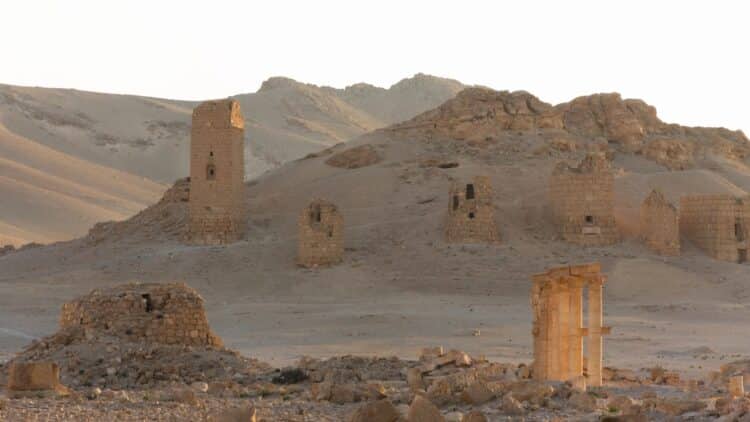A recently discovered map of the Roman Empire’s road network unveiled that it was not 190,000 kilometers (118,000 miles) long as we have come to believe. Instead, the road network was a whopping 300,000 kilometers (186,000 miles) long. The reference to Roman roads being big enough to circle the world 7 times is based on the fact that the circumference of the Earth at the equator is 40,000 kilometers (25,000 miles).
The Roman Empire’s roads crossed 300,000km, 7 times the circumference of our planet
There are several directions to consider when studying how the Romans planned their expansion across the globe. Christianity was the official religion of the Roman Empire, and the number 7 is very symbolic in Christianity. This is because God created the world in six days and rested on the seventh day. Biblical interpreters suggest that the number 7 signifies completion and perfection. Thus, the Roman Empire circling the world 7 times conveys that they perfectly completed the world as a whole. This ties in perfectly with the mathematical understanding of the Empire’s road network.
According to geologists, the Earth’s circumference is 40,000km in comparison to the Roman Empire’s 300,00km road network. The network of transportation was so vast that the civilization’s norms, language, religion, skills, and customs permeated scores of different cultures and still exist in many forms today.
Understanding the discovery of the Roman Empire’s hidden road network
The technological advancements in the modern world make it feasible for experts and geologists to verify the facts of the past. The discovery of a new Itiner-emap helped to unveil that the Roman Empire’s road network was up to 300,00km instead of the 190,000km figure that we initially believed.
A team of archaeologists with Tom Brughmans at the helm revealed the hidden road networks as they studied things such as aerial photographs, historical maps, and satellite images. Although most of the newly uncovered roads may be viewed as smaller or lesser known than the Empire’s other roads, it was still significant in establishing the Roman Empire’s dominance.
Rewriting history: What is the aftermath of the Roman Empire’s newly discovered road networks
The new Itiner-emap should be credited for enhancing people’s knowledge and conveying the importance of continuing to analyse historical facts. Ultimately, we are forced to reconsider everything that has been said about how Romans conducted economic business, how they moved armies during wartime, and how they moved goods. Before delving too deep on that front, it is essential to note that the Itiner-emap should be analysed and developed further to ensure that there is even greater certainty about the Romans’ hidden road networks.
Where are the Roman Empire’s hidden road networks in modern society?
Scholars have confirmed that many of the Roman Empire’s ancient routes are still present and traceable in today’s society. This makes it easier for researchers to contextualise the discoveries and attempt to understand how the Romans’ network functioned fully. Some of the statistical figures might need revisiting based on this discovery. Additionally, we cannot help but wonder what else needs reinvestigation and what else we have falsely believed over the years. Nevertheless, geologists are likely to reveal more information to people as they continue to investigate.
The Romans’ culture still endures today, but considering that we are still attempting to fathom it in contemporary society, there’s still more to learn. The itiner-emap unveils the top-notch and massive infrastructure that the Roman Empire had, which completely gives us a new perspective on the civilization. Ultimately, the Roman Empire’s road networks can be praised for influencing how modern society conducts business through infrastructure.


